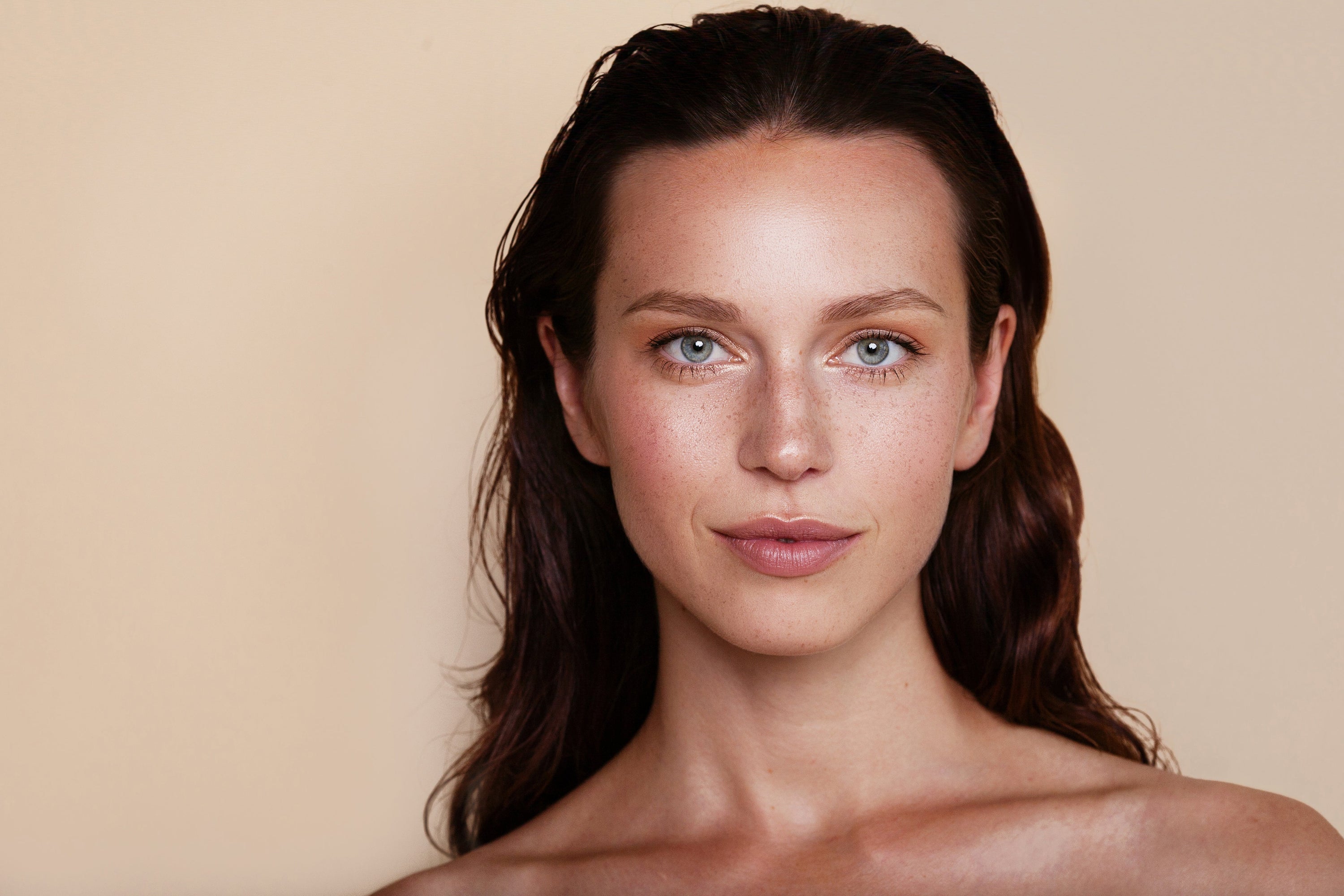1. What is pigmentation?
Pigmentation refers to the natural colouring of your skin, determined by melanin - a pigment produced by cells called melanocytes.
When these cells produce too much or too little melanin, it leads to an uneven tone, dark spots, or patches.
There are two main categories:
-
Hyperpigmentation - excess melanin, resulting in darker spots or areas.
-
Hypopigmentation / depigmentation - a loss of pigment, causing lighter patches.
For most people, hyperpigmentation (dark spots) is the primary aesthetic concern, so we’ll focus on that here.
2. The main types of pigmentation
| Type | What it looks like | Common triggers |
|---|---|---|
| Sun spots / age spots | Small brown patches on the face, hands, or chest | Chronic UV exposure, ageing |
| Melasma | Symmetrical brown patches, often on cheeks, forehead, or upper lip | Hormonal changes, pregnancy, oral contraceptives, sun exposure |
| Post-inflammatory hyperpigmentation (PIH) | Marks that appear after inflammation (acne, irritation, injury) | Acne, harsh treatments, trauma |
| Freckles | Small, light brown dots that darken with sun exposure | Genetic + sun exposure |
| Other pigment changes (vitiligo, albinism) | Lighter or white patches | Autoimmune or genetic causes |
If a dark or light spot changes shape, colour, or grows rapidly — always seek dermatological advice.
3. What causes pigmentation?
Pigmentation issues can arise from many internal and external factors. The most common include:
-
Sun exposure (UV and visible light) - the number one trigger. Sunlight stimulates melanin as your skin’s natural protection.
-
Hormonal changes - pregnancy, birth control, menopause, and hormonal therapy can all affect melanin production.
-
Inflammation or injury - after acne, peeling, waxing, or burns, the skin can “overreact” by producing excess pigment.
-
Genetics - some skin types are naturally more prone to pigmentation.
-
Aggressive treatments - repeated use of strong acids, peels, or exfoliants can irritate and darken the skin.
-
Ageing & oxidative stress - over time, cell turnover slows, and melanin becomes unevenly distributed.
-
Lifestyle - stress, poor sleep, smoking, dehydration, and diets high in sugar or low in antioxidants can worsen pigmentation.
4. The Lumière™ LED Mask Protocol for Pigmentation
At C’est Madeleine, we approach pigmentation through balance, regeneration, and prevention.
LED light therapy helps even skin tone by reducing inflammation, calming overactive melanocytes, and supporting natural cell renewal — all without irritation.
Here’s a recommended protocol for pigmentation:
| Phase | LED Combination | Frequency | Purpose |
|---|---|---|---|
| Phase 1: Calm & Balance | Green + NIR | 3 times/week, 15 min | Soothes inflammation and regulates pigment production |
| Phase 2: Brighten & Renew | Yellow (Red + Green + NIR) | 2 times/week, 15–20 min | Encourages even tone and cellular repair |
| Phase 3: Maintain & Glow | Pink (Red + Blue + Green + NIR) | 1 time/week | Enhances luminosity and long-term skin clarity |
Duration: 8–12 weeks for visible results.
Pro tip: Always pair your routine with daily SPF, even indoors — UV and visible light are leading causes of pigmentation.
5. Skincare Do’s & Don’ts
✅ Recommended ingredients
-
Antioxidants (Vitamin C, Niacinamide) — to prevent and fade pigmentation safely.
-
Peptides — support repair and healthy renewal.
-
Barrier-repairing ingredients (ceramides, panthenol, squalane).
-
Daily SPF 30–50 — crucial every single day.
-
Light, non-comedogenic textures — prevent congestion and dullness.
❌ Avoid or limit
-
Strong exfoliants, peels, or frequent use of acids.
-
Harsh alcohols, synthetic fragrances, and essential oils.
-
DIY treatments with lemon or undiluted actives.
-
Sun exposure without SPF (even short outdoor time).
6. Nutrition & Lifestyle Tips for a More Even Complexion
Your diet and daily habits play an essential role in how your skin regenerates and repairs itself.
To support a clear, bright complexion:
-
Drink 1.5–2 litres of water per day - hydration helps detoxify and renew.
-
Eat antioxidant-rich foods: berries, citrus, leafy greens, matcha, and green tea.
-
Add minerals like zinc and selenium (found in seeds, nuts, and seafood).
-
Include omega-3 fats (salmon, chia seeds, flax, walnuts) to calm inflammation.
-
Avoid excessive sugar, caffeine, alcohol, and smoking, which accelerate oxidative stress.
-
Manage stress and sleep - both are key to regulating hormones and inflammation that influence pigmentation.
7. Finally
Pigmentation doesn’t disappear overnight — but with the right approach, your skin can restore its natural harmony and glow.
Consistency, gentle care, and light are the keys.
The Lumière™ LED Mask offers a targeted, non-invasive solution that supports your skin’s natural rhythm — calming, brightening, and regenerating from within.




